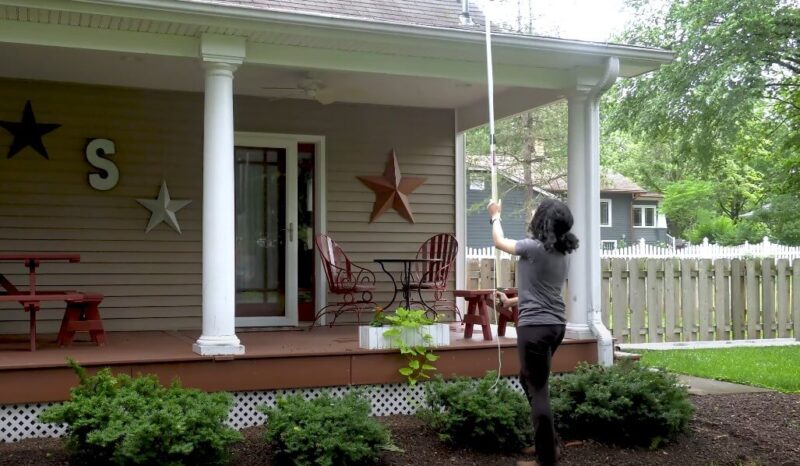Owning a place you can finally call your own feels incredible—until a clogged gutter or a lukewarm furnace nudges you back to reality. A house is comfort, security, and wealth rolled into one, yet it stays that way only when a steady rhythm of upkeep slides into your routine.
The good news: maintenance doesn’t have to feel like an endless chore parade. By breaking work into seasonal bites, new homeowners can keep stress low, costs down, and the building itself humming along happily.
I prepared a clear guide organized by spring, summer, fall, and winter, followed by year‑round habits and a quick rundown on when to wave in a professional.
Every segment includes practical tips, estimated effort, and real‑world savings so you can see why it matters. Grab a mug of coffee—or a cold lemonade, depending on the month—and let’s get into it.
Why Seasonal Upkeep Matters
- Fewer pricey surprises – Industry data pegs normal annual home care at roughly 1‑4 percent of property value. Solve small leaks or flaky caulk early and a $40 Saturday project can dodge a four‑figure emergency.
- Energy savings add up – Sealing drafts, changing filters, and tuning HVAC equipment cut utility bills while stretching system life.
- Higher resale value – Lenders, inspectors, and future buyers love a house with receipts showing regular love and attention.
A neighbor once told me, “Skip today’s $15 tube of sealant and next year you’ll fund a contractor’s vacation.” He wasn’t kidding.
Spring – Sweeping Away Winter Blues
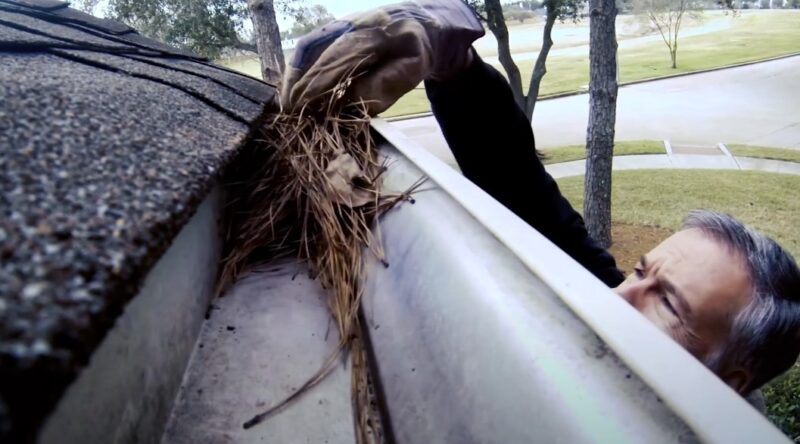
Winter’s freeze‑thaw cycle can be rough on siding, shingles, and soil. Spring offers milder weather plus longer daylight, perfect for a full once‑over.
Exterior Must‑Dos
- Clear gutters & downspouts – Scoop out leaves and grit, flush with a hose, and make sure water exits three feet away from the foundation. If you don’t feel like you’re up for this task, find experts on this site.
- Inspect roofing – Binoculars beat a risky climb. Look for curled shingles, nail pops, or flashing gaps. Spot problems now, save your attic from later rainstorms.
- Trim back greenery – Keep limbs at least six feet from walls to curb pests and reduce chances of a broken branch gouging the roof.
- Power‑wash siding & windows – A gentle setting wipes away mildew and road grime; finish with a long‑handled brush on the frames.
- Seal exterior gaps – Fresh caulk around windows, doors, and utility penetrations keeps out insects and slashes AC bills.
Indoors & Systems
- Service the air‑conditioner – A pro checks refrigerant, cleans coils, and verifies airflow. That visit costs far less than a mid‑July compressor failure.
- Swap HVAC filters – Slide in a new one every one to three months; make it monthly if pets rule the household.
- Clean refrigerator coils – Unplug, pull the grill, and vacuum away dust bunnies to help the fridge run cooler and cheaper.
- Test the sump pump – Pour a bucket of water into the pit and verify the motor kicks on. Basement floods are comedy only on YouTube.
- Deep‑clean carpets and rugs – Salt, slush, and winter mud settle deep in carpet fibers. A rented cleaner restores color and air quality.
Rough numbers: An afternoon of gutter work can sidestep foundation moisture repairs north of €4 000. Annual AC tuning averages €120 yet shields a system replacement frequently priced at €7 000 or more.
Summer – Keeping Cool & Heading Off Heat Damage
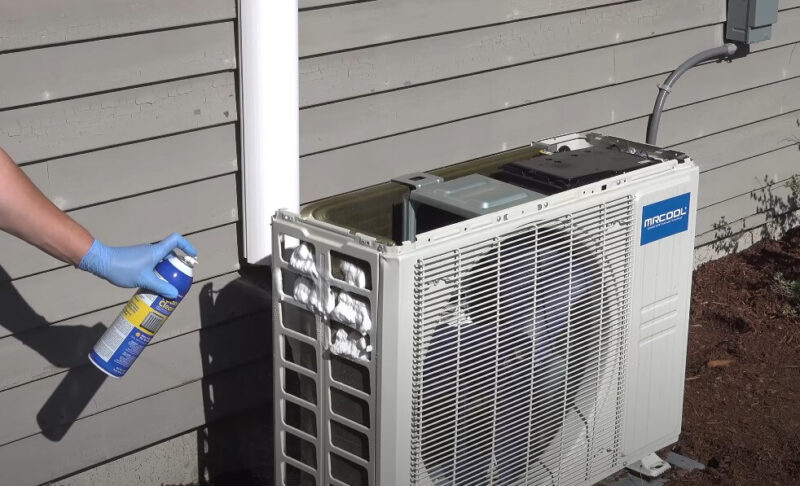
Hot days push cooling systems into marathon mode, while pop‑up storms can batter exterior surfaces. A few strategic checks will lock in comfort and safety.
Exterior Checks
- Weather‑strip doors & windows – Replace cracked strips so conditioned air stays inside where it belongs.
- Scan siding & flashing after storms – Hail dents or lifted edges invite water inside the wall cavity; patch right away.
- Lawn care in moderation – Sharpen mower blades, cut high to shade soil, and water at dawn for stronger roots and lower water bills.
Mechanical Care
- Clean the outdoor AC condenser – Brush away grass clippings, rinse fins gently, and keep shrubs at least two feet back for airflow.
- Change filters (again!) – High pollen counts clog media quickly, so don’t slack during peak cooling season.
- Wrap the water heater – An insulation blanket reduces standby heat loss; a 30‑minute job can trim energy use by up to 9 percent.
- Degrease the kitchen exhaust fan – Pop out the filter and scrub it with hot, soapy water to maintain air quality and prevent fire hazards.
Plumbing & Safety
- Peek under sinks for drips – Summer humidity hides slow leaks. Dry every joint, then return later; damp spots reveal trouble.
- Examine sump pump again – Thunderstorms equal flash floods. Confirm the float rises and the discharge pipe is clear.
- Verify locks and latches – Summer trips mean empty houses. Test every strike plate; add smart locks or cameras if peace of mind is priceless.
Fall – Battening Down for the Cold
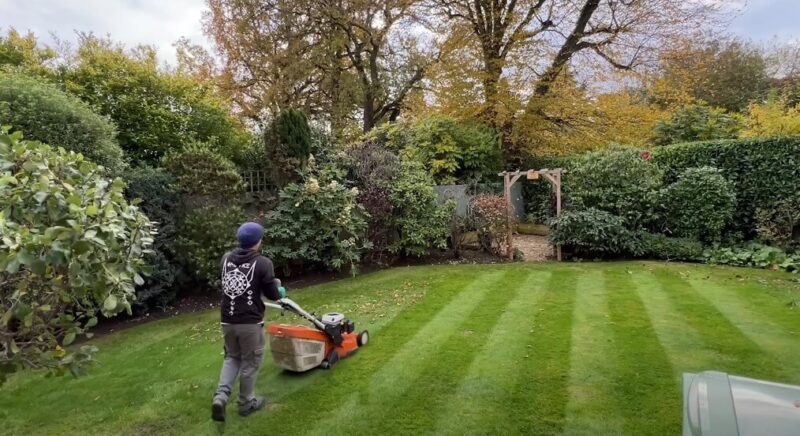
Shorter days and crisp air signal time to prep for the long chill ahead.
Outdoor Prep
- Rake and remove leaves – Piles trap moisture and invite rodents. Compost or bag promptly.
- Gutter duty, round two – Clear autumn debris so winter ice can’t back up beneath shingles.
- Prune dead limbs – Snow weight snaps brittle branches. Better a saw now than an insurance claim in January.
- Seal driveway or walk cracks – Water expands as it freezes, turning hairline gaps into ankle‑twisters.
- Winterize exterior plumbing – Drain hoses, shut outdoor valves, and add foam covers to spigots.
Heating & Ventilation
- Book a furnace tune‑up – A licensed tech cleans burners, inspects heat exchangers, and checks carbon monoxide levels.
- Swap in a clean filter – Dirty filters choke airflow and force the blower to work harder.
- Schedule chimney sweeping – Creosote builds up fast; a certified sweep prevents chimney fires and keeps insurance valid.
- Vacuum the dryer vent pipe – Lint blocks airflow and becomes a tinderbox; pull the duct, vacuum thoroughly, and re‑attach with a snug clamp.
Interior Touches
- Shampoo carpets again – A fresh baseline before windows shut tight for winter helps indoor air stay healthier.
- Test smoke and CO alarms – Press the buttons, swap batteries, note expiration dates on the casings.
- Store window screens – Wash, label each by room, and stash them in the garage rafters to avoid winter tears.
Savings snapshot: A €150 chimney sweep beats the average €3 000 repair after a flue fire. Sealing driveway cracks for under €50 can stop frost damage leading to a far pricier full resurfacing.
Winter – Guarding Against Ice, Snow, and Frigid Nights
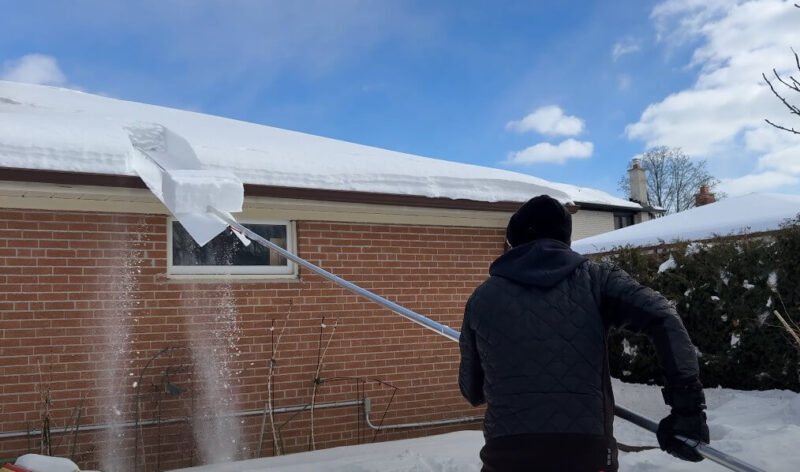
Cold snaps put structural elements under stress while limiting repair opportunities. Staying vigilant keeps little faults from turning into frosty disasters.
Exterior Patrol
- Remove roof snow with a rake – Six inches or more adds serious weight and encourages ice dams. Work from the ground and use an extendable handle.
- Clear walkways promptly – Shovel within a few hours of snowfall to avoid packed ice; sprinkle eco‑friendly melt on high‑traffic areas.
- Inspect siding and trim after storms – Wind can loosen panels or flashings; tack them back before water finds the gap.
- Cover the AC condenser – A breathable cover keeps leaves out and cushions the unit against sleet.
Heat & Plumbing
- Replace filters monthly – Furnaces love fresh airflow as much as lungs do.
- Monitor furnace noises – Squeals or rattles hint at belts or bearings ready to quit on the coldest night—call in a pro.
- Drain a gallon from the water heater – Flushing sediment improves efficiency and prolongs tank life.
- Protect exposed pipes – Foam sleeves and heat tape ward off frozen bursts in garages and crawl spaces.
- Know shut‑off valve locations – Post a map inside a cabinet so everyone can move fast during a freeze.
Comfort & Safety
- Seal drafts – Rope‑style caulk or peel‑and‑stick weather‑seal pays back immediately through lower heating costs.
- Run a humidifier – Wood floors and sinuses appreciate 35‑45 percent humidity; anything lower invites cracked boards and dry skin.
- Stock emergency supplies – Batteries, flashlights, blankets, and bottled water ride out power outages with less panic.
Ice‑dam math: Removing snow with a €60 rake could sidestep interior ceiling leaks that hit €1 500 or more in drywall, paint, and insulation repair.
Year‑Round Habits That Keep Small Problems Small
| Habit | How Often | Why It Matters |
| Change HVAC filter | Every 30‑90 days | Better airflow, longer equipment life |
| Check for plumbing leaks | Monthly | Early detection prevents mold and water damage |
| Walk the exterior | Monthly | Visual check catches siding cracks, foundation shifts, pest entry points |
| Deep‑clean living areas | Twice yearly | Healthier air, longer fabric life, nicer smell |
| Keep a maintenance log | Ongoing | Proof of care boosts resale value and aids warranty claims |
When to Hand the Wrench to a Pro
- HVAC annual service – Expertise plus specialized gauges make the difference between fine‑tuned comfort and an expensive outage.
- Roof inspections – Professionals have harnesses, replacement shingles, and far less chance of slipping.
- Major plumbing fixes – Upgrading plumbing system, including frozen lines, main‑drain clogs, or sump pump replacement often require tools—and liability insurance—you probably don’t own.
- Chimney cleaning – Certified sweeps follow local codes and leave zero soot behind.
The Payoff
Regular care yields a house that feels good to live in, commands stronger offers once it’s time to sell, and gobbles less cash in surprise repairs along the way.
Think of every seasonal task as depositing money, comfort, and safety into a long‑term savings account only you can access. New homeowners juggle countless new responsibilities, yet a clear rhythm of maintenance quickly turns from burden to habit.
Start small—clean a gutter, swap a filter—and momentum will follow. Your future self, sipping cocoa beside a crackling fireplace in a dry, draft‑free living room, will be grateful.
